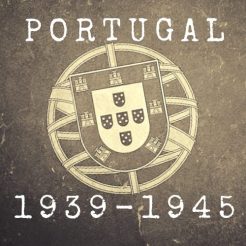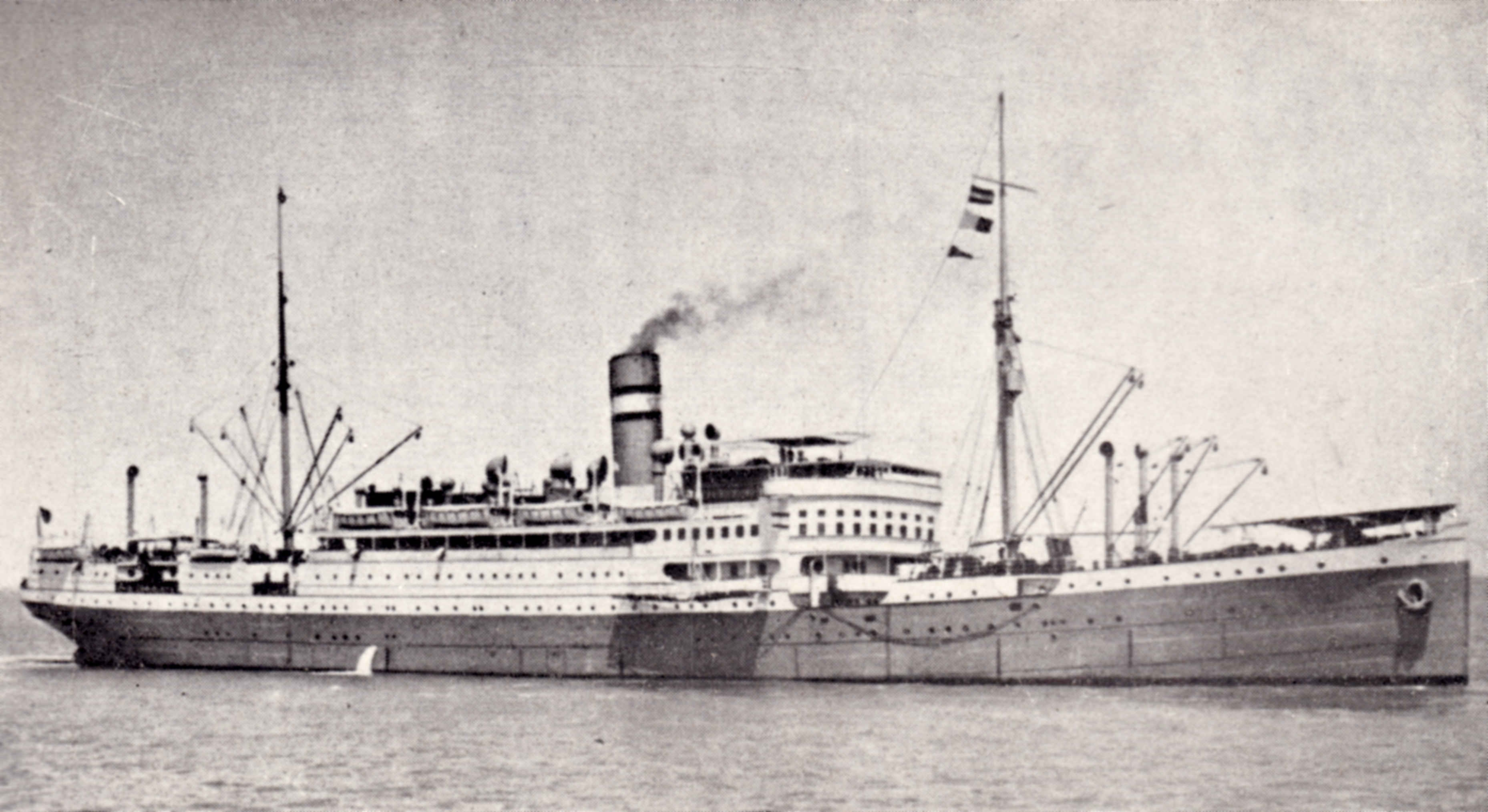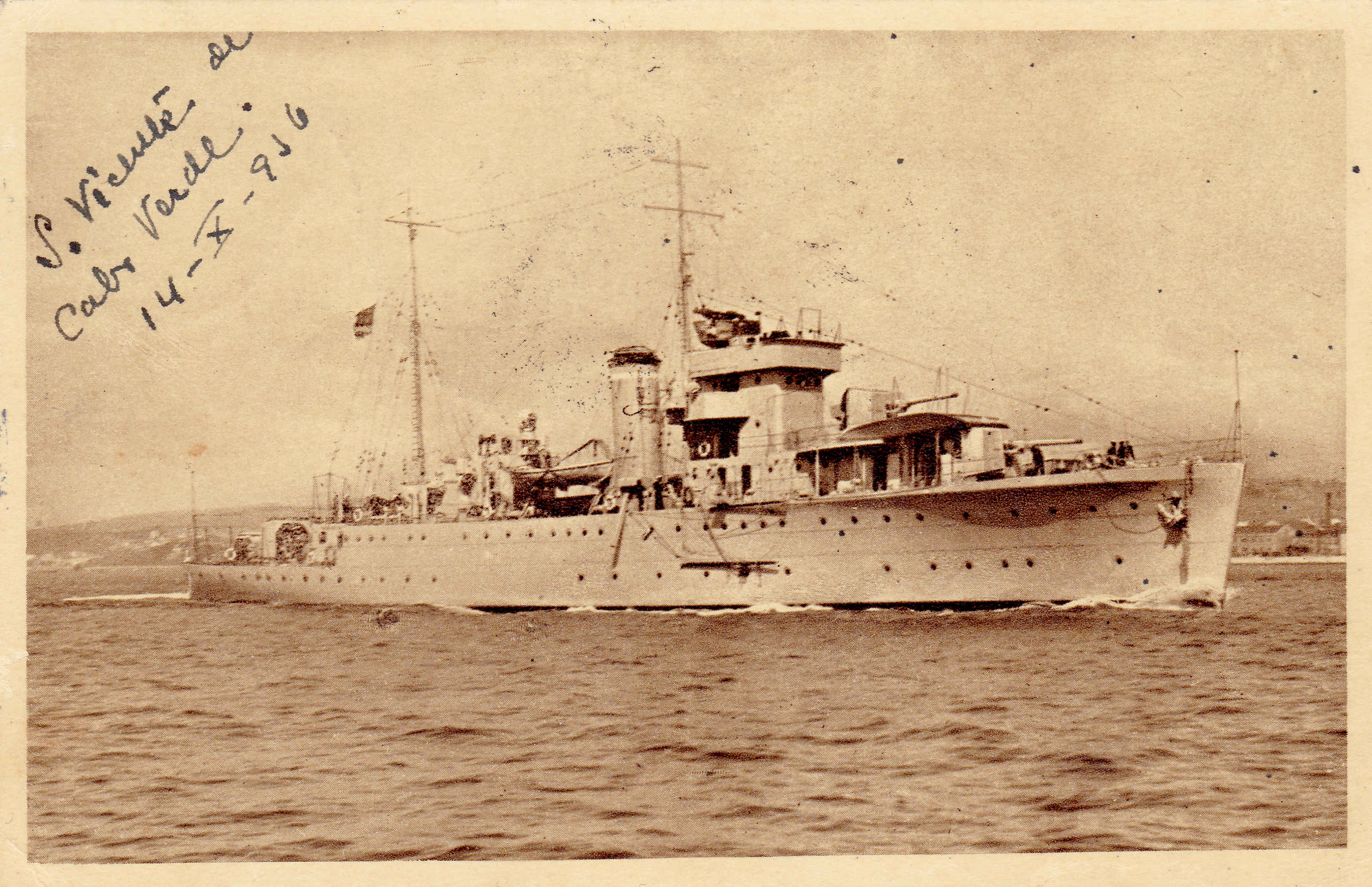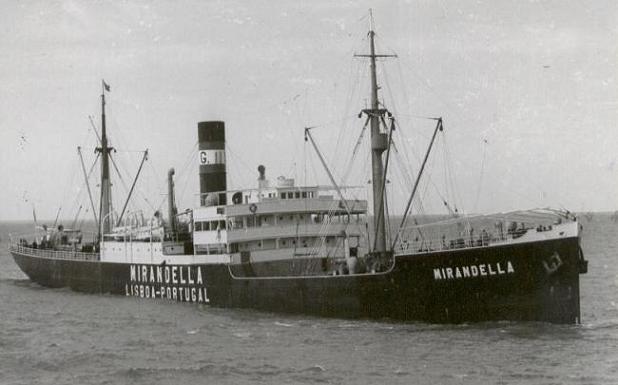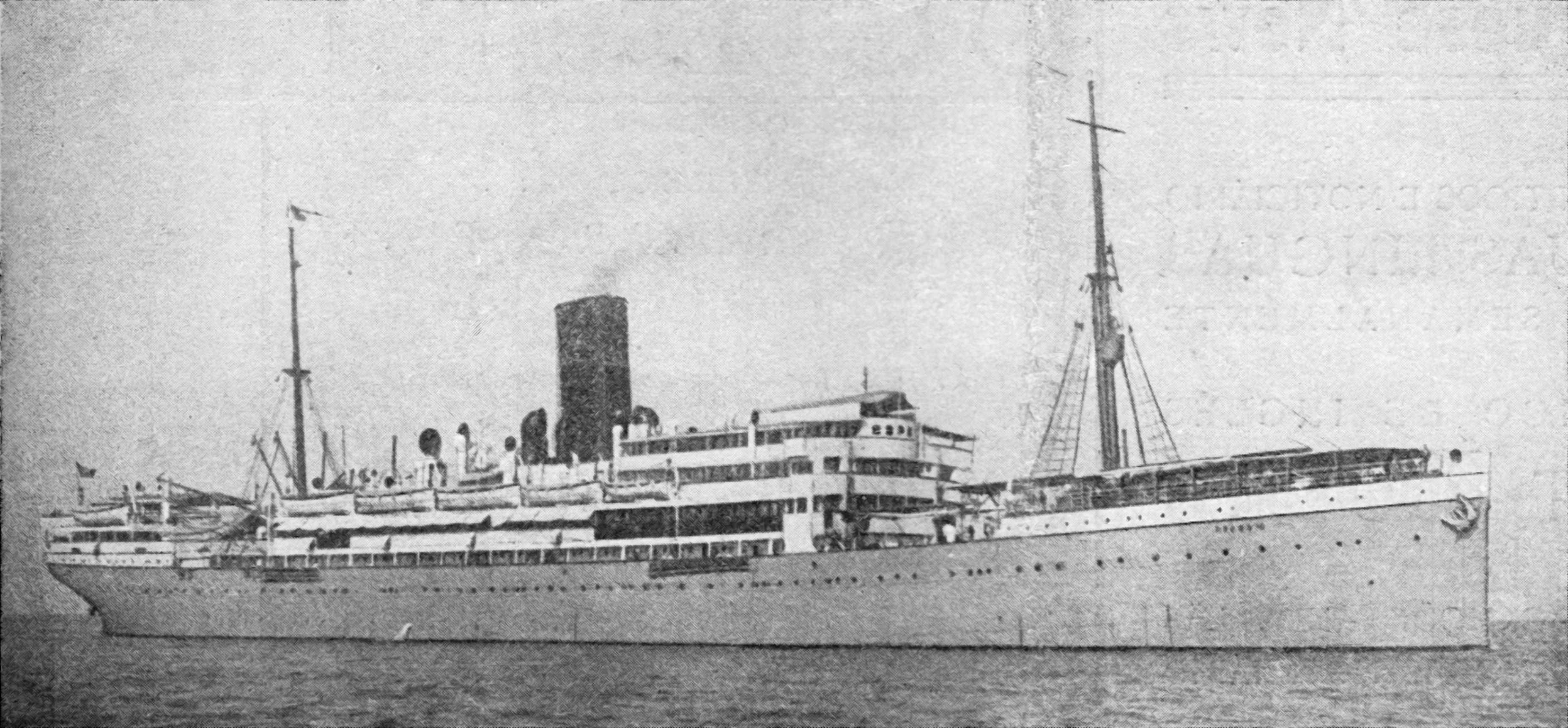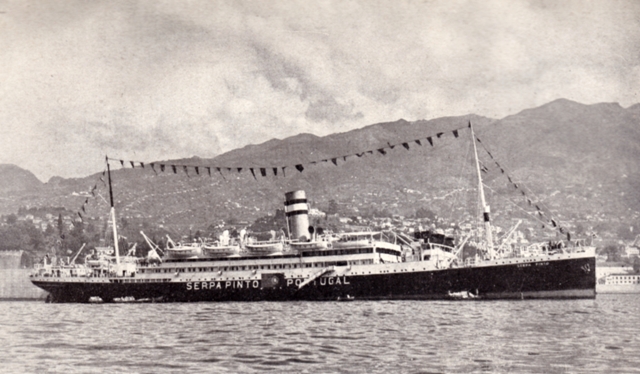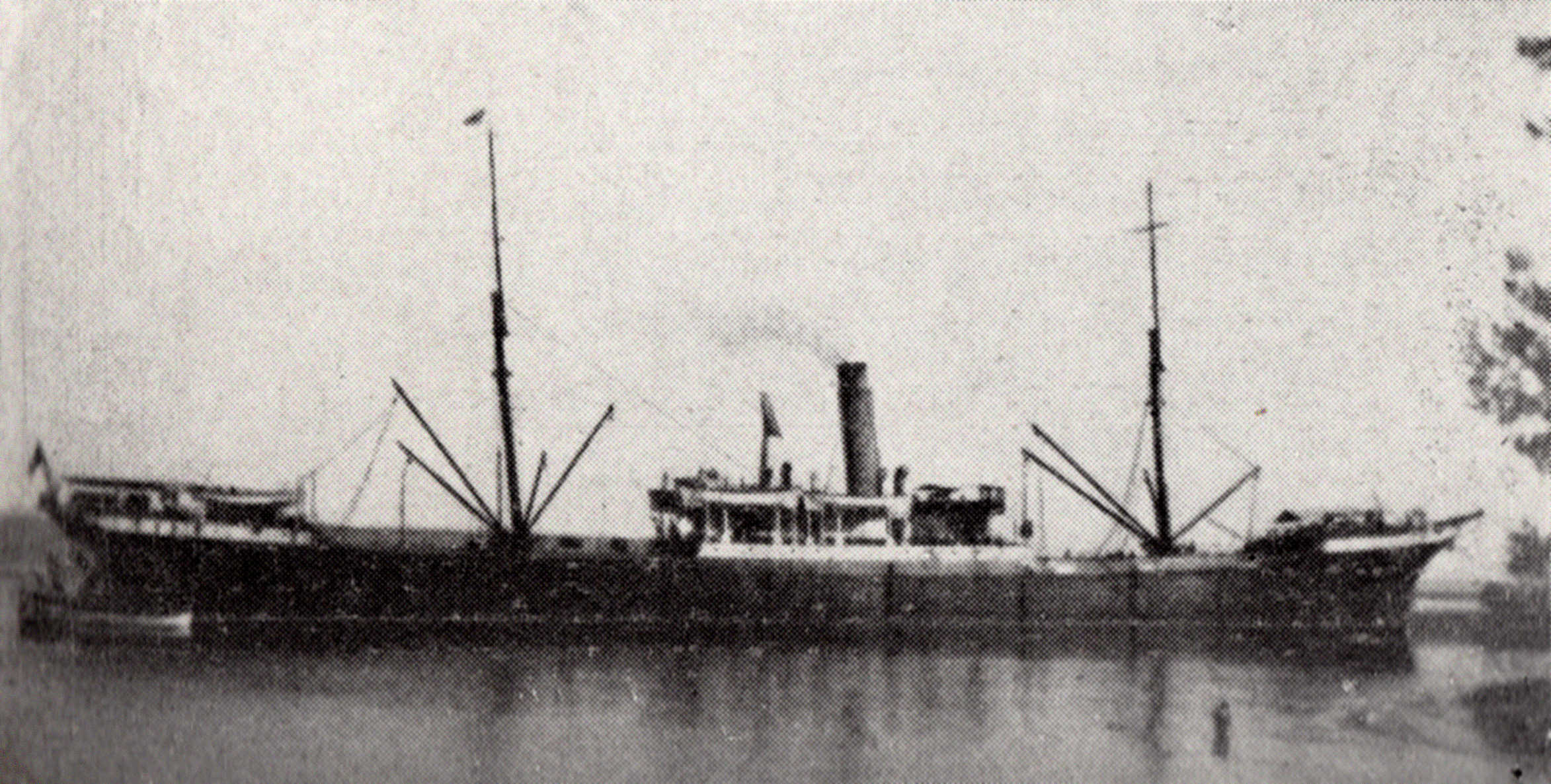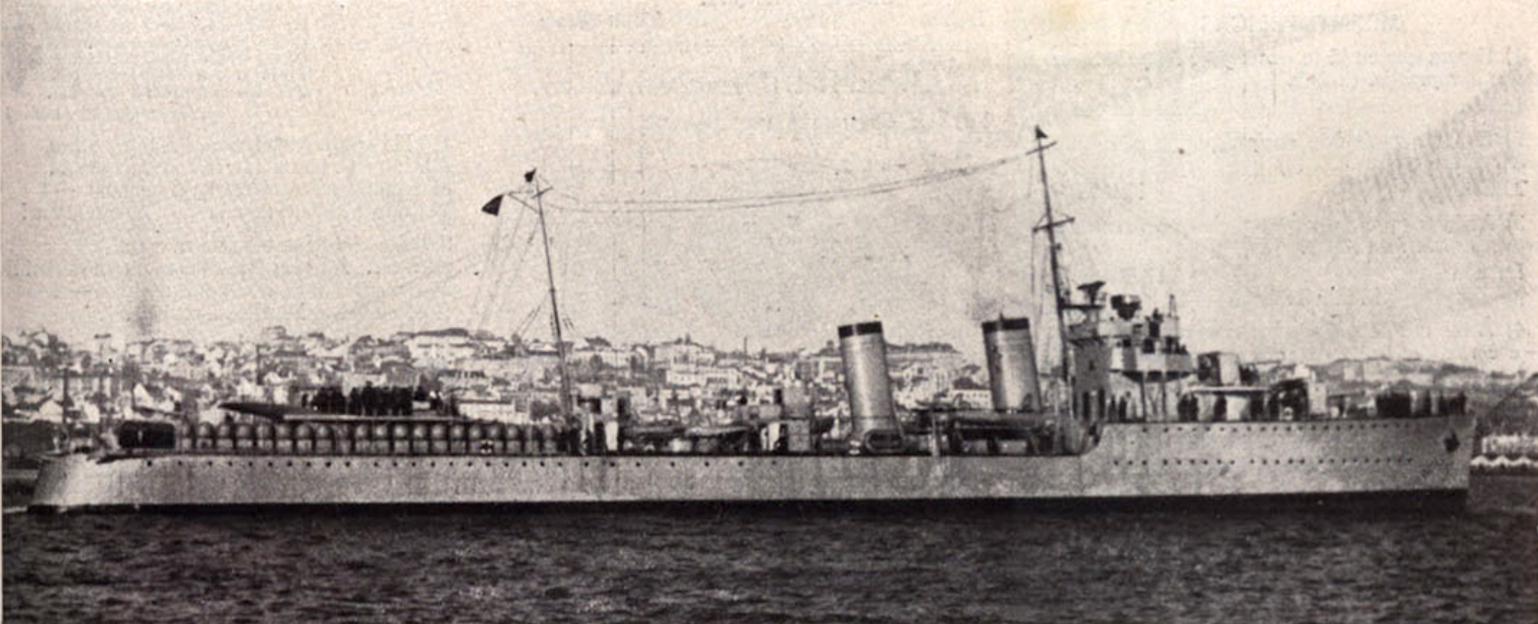Portuguese naval resources at the beginning of World War II were short, different in terms of quality, but unable to defend or manage the supplys the country needed.
The Navy had few units, although they were of modern construction, comparable to what the main military powers had at the time. Since the mid-1930s, the fleet consisted of three submersibles, six Sloops - first and second class - and five Destroyers.
With these assets, the Navy tried to ensure the sovereignty on the Portuguese coast, the archipelagos of Madeira and the Azores, and in the colonies, that included the islands of Cape Verde, Guinea Bissau and Angola in the Atlantic; Mozambique, Portuguese India and Timor.
Traveling to the same destinations, but with commercial objectives, was a merchant fleet that was generally aged and incapable of meeting the country's supply needs. Throughout the conflict, the supply of goods was supplemented by Allied ships – that continued to enter Portuguese ports - and neutrals vessels, some with resources that national ship-owners did not had, such as tankers.
Also important was the long-distance fishing fleet, which included the cod fleet usually working in Newfoundland and various types of long course vessels usually fishing off the coast of North Africa.
Very numerous, but also fragile and outdated, were the coastal vessels near mainland Portugal, Atlantic islands and former colonies.
Despite their neutrality, Portuguese ships were targeted by both Allies and Axis, subjecting themselves not only to inspections - which cause delays and losses - but also attacks that in several situations resulted in the loss of ships and the deaths of crew and passengers.
